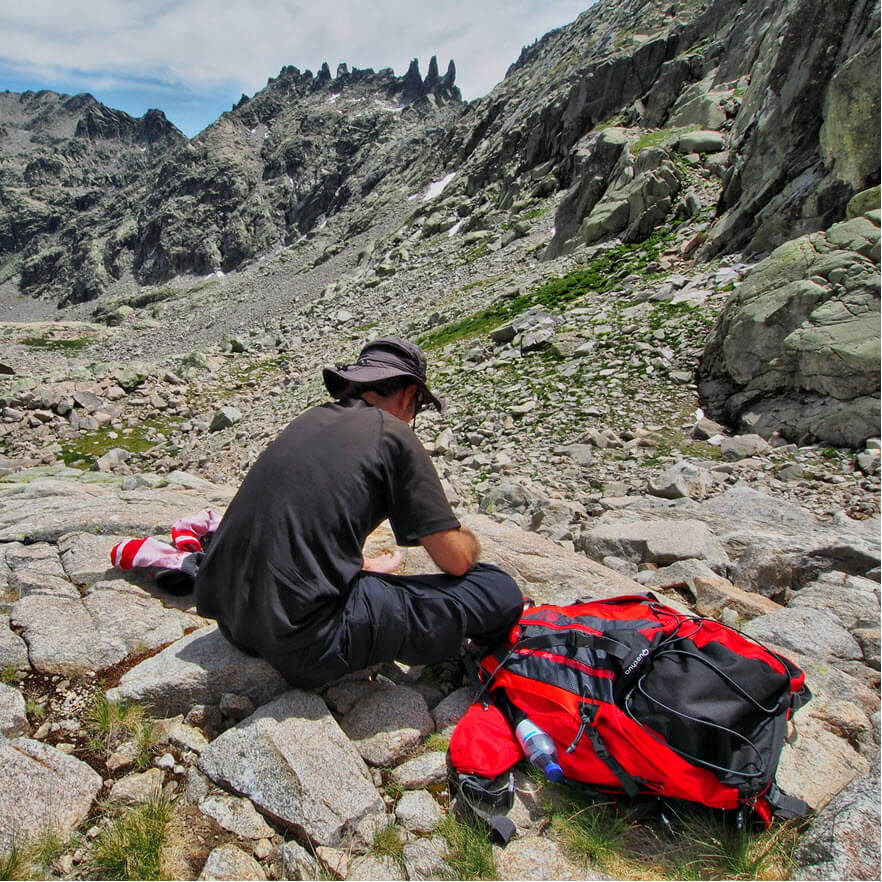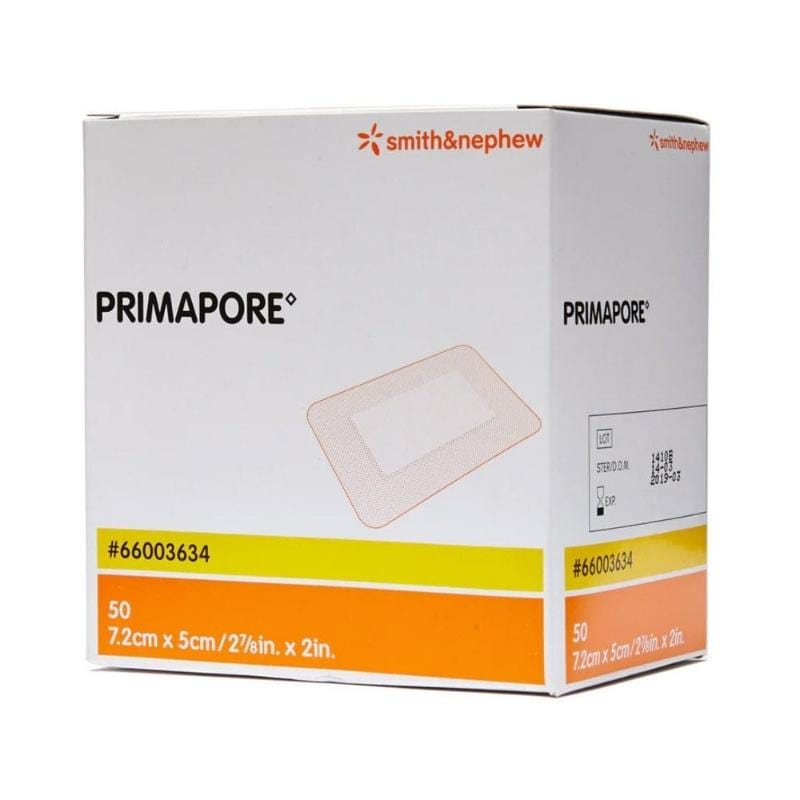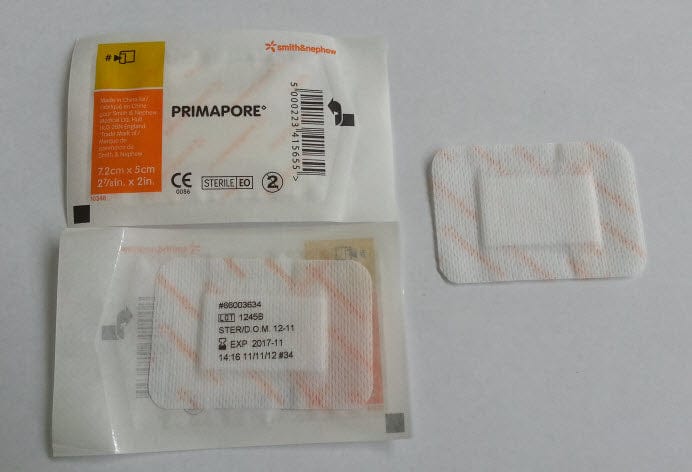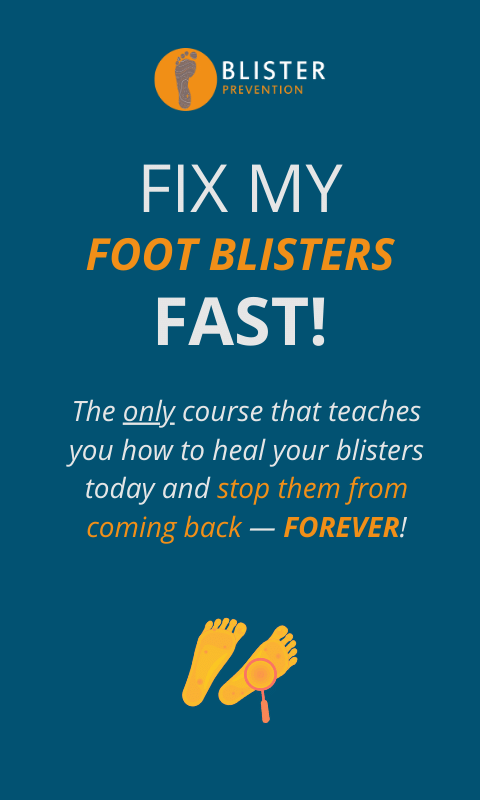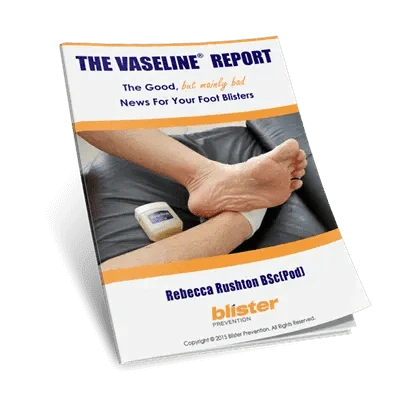Do you know how to get rid of blisters on feet in the most effective way? Unfortunately, foot blister treatment is a skill a lot of people get wrong. They risk infection, delayed healing and simply making their blister more painful than it needs to be. In spite of this, it's difficult to get some people to take blister treatment seriously. So, let me show you how to get rid of blisters so you can wear your favourite shoes and continue your activity without them hurting.
How To Get Foot Blister Treatment Right
Your Blister Roof
Take a look at your blister roof. Is it intact, torn or deroofed? Not sure what the difference is. Here is an example of each to help you decide.
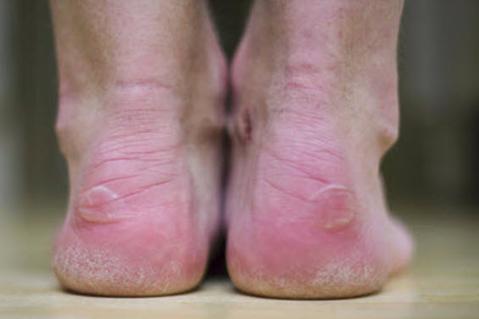
Intact blister: The skin is sealed an holding in any blister fluid. Your main aim is to protect the blister roof. As long as is intact, it can't get infected.
Torn blister: Your main aim is to prevent infection now the blister is open. Torn blister: The blister is no longer sealed. Your main aim is to prevent infection now the blister is open.
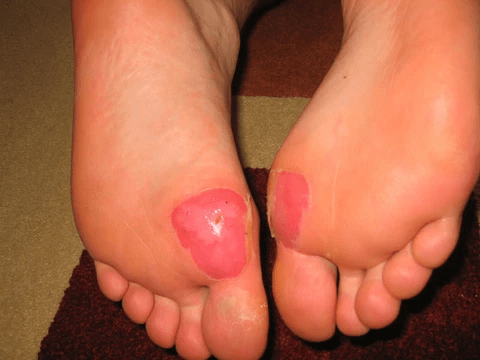
Deroofed blister: The blister roof has rubbed right off. Your main aim is to get good skin healing whilst also preventing infection.
Here’s Why Your Blister Roof Matters
Watch this video to understand the aims of treating each blister stage.
Your First Priority: Preventing Infection
Your first foot blister treatment priority is to prevent infection. But it doesn't stop there. Also monitor regularly for infection (every time you change your dressing). The signs of an infected blister include: pus; increasing pain, redness or heat around your blister; or red streaks extending from the blister. Here's how to ensure your blister doesn't get infected:
- Firstly, clean your hands - Apply antibacterial gel or soap and water to kill the germs on your hands.
- Secondly, clean your blister - If your blister is mucky with debris of any sort (dirt, drying blister fluid or blood) flush it with saline (salt water); or rinse it with soapy water or just water if that's all you've got. This will physically remove some of the germs from your blister.
- Thirdly, disinfect your blister - Use and antiseptic or antibiotic to kill the remaining germs on your blister.
- Finally, cover your blister - This will keep any new germs out. It will provide protection to your blister, and provide a nice healing environment for your blister. However, don't just use tape, because it may well rip your roof off. If in doubt, use an island dressing.
Choose The Right Foot Blister Treatment Dressing (There Are 2 Types)
There are two types of blister dressings you can use. If you really want to get rid of blisters on feet in the most effective way, it's important to pick the right one for your blister.
1) Island Dressings
Island dressings consist of an island of non-stick absorbent material in the middle, surrounded by an "sea" of adhesive. The island both cushions your blister a little, and absorbs blister fluids. The adhesive secures the dressing to your skin and locks the germs out on all sides.
You might know island dressings better as blister bandages, blister bandaids or even sticking plasters. Whatever you want to call them, you can use an island dressing on ANY blister. If you had just one dressing to get rid of blisters on feet, make it island dressings.
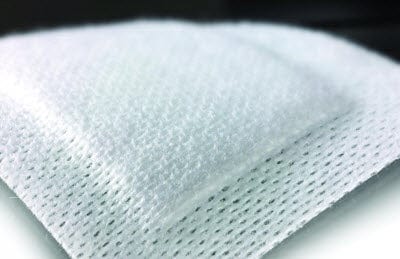
Island dressing
2) Hydrocolloid Blister Plasters
Hydrocolloid plasters are special blister dressings that should only be used on deroofed blisters. As the raw skin heals, it weeps. As it does so, the fluid combines with the hydrocolloid material to form a white gel underneath. This provides a perfect healing environment for your deroofed blister to heal fast. It also prevents the plaster from sticking to the wound and disrupting valuable healed tissue when it's removed. Read this to learn more about hydrocolloid dressings, and how to avoid the common mistakes.
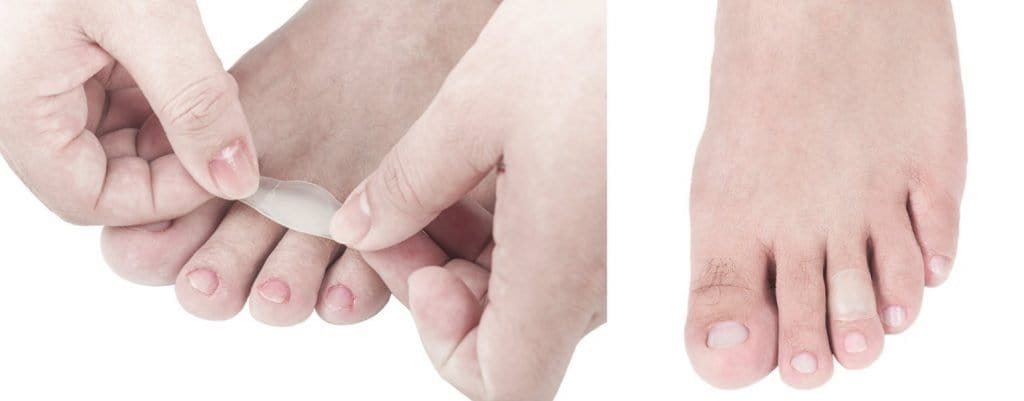
Hydrocolloid blister plasters are for deroofed blisters only!
Now You're Ready To Reduce Pressure and Friction Levels
Once you've got the basics of blister treatment down, you're ready to start fixing the pressure and high friction levels that will help your blister hurt less and heal faster. Quite simply, the articles I link to below hold the most effective methods of how to get rid of blisters on feet. Here's what you need to know:
In these articles, I explain the strategies you can use. However, if you want to know how to reduce pressure and friction levels from your particular blister, my best advice lies in the articles on specific blister anatomic location. Simply go to the search function and type in your blister location (eg: pinky toe, arch or ball of foot). In these, I go into great detail on how to implement the important strategies that will have the biggest impact. Here are a couple of products you'll find handy for reducing pressure and friction levels (below):
Find out more
- Download the free blister treatment blueprint
- Learn what to do with a blood blister on foot
- The 6 most common blister treatment mistakes
Grab Our Advanced Blister Kit
It contains everything you need.
